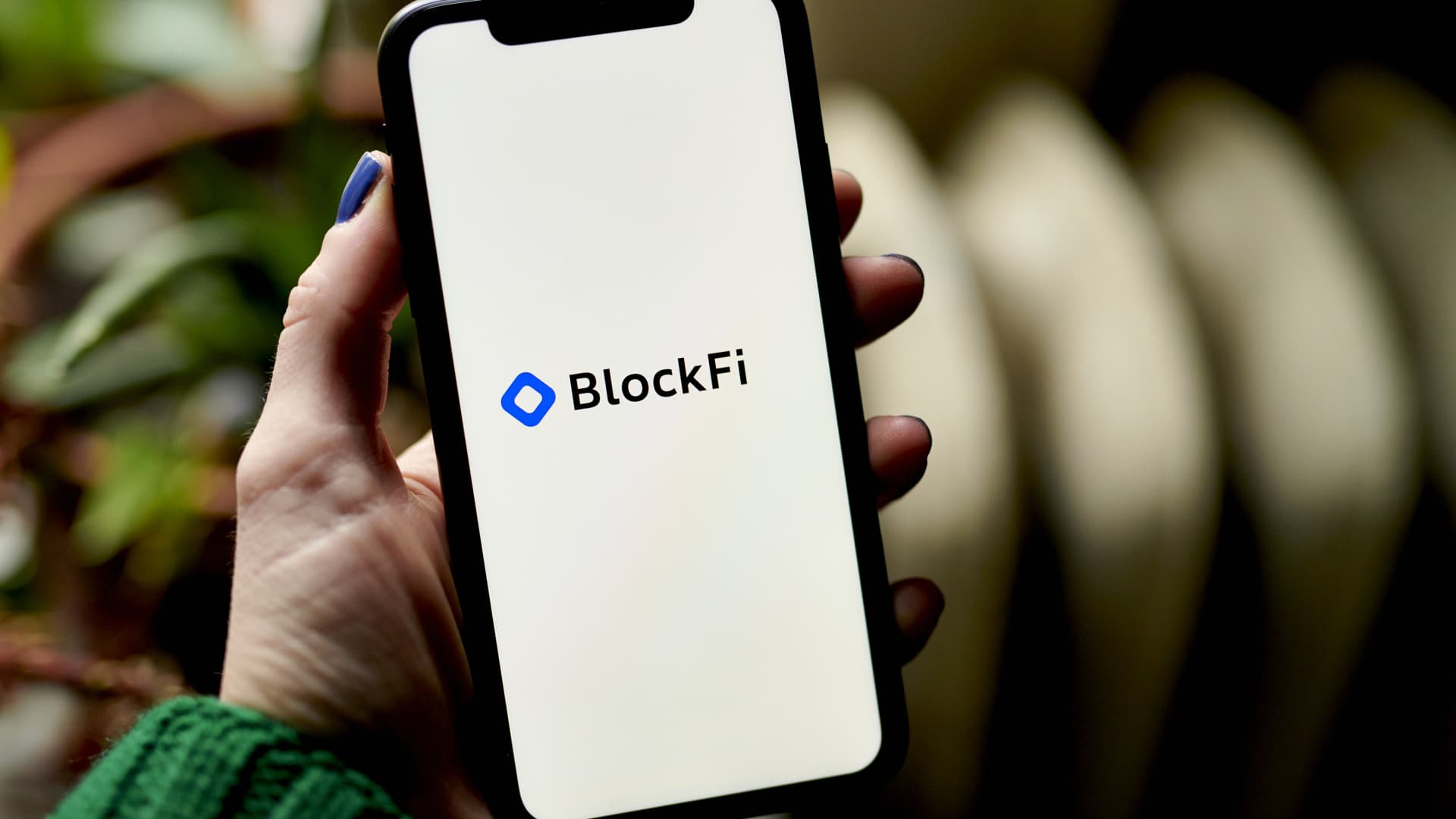There was supposedly one man who could save crypto — Sam Bankman-Fried. The former FTX CEO bailed out and took over crypto firms as cryptocurrency markets withered with Terra’s spring crash. In October, FTX won the bidding war for bankrupt crypto firm Voyager Digital in a highly advantageous deal.
With the collapse of FTX, the firms which Bankman-Fried saved now find themselves in an uncertain state. Voyager put itself back up for auction last week. Today, BlockFi filed for bankruptcy in New Jersey, after weeks of speculation that the FTX collapse had fatally crippled it.
The FTX “death spiral,” as BlockFi advisor Mark Renzi put it, has now spread to another crypto entity. BlockFi’s bankruptcy had been anticipated for some time, but in a detailed 41-page filing, Renzi walks creditors, investors, and the court through his perspective at the helm of BlockFi.
According to Renzi, exposure to two successive hedge fund failures, the FTX rescue, and broader market uncertainty all conspired to force BlockFi into bankruptcy.
Renzi is keen to underscore that from his point of view, BlockFi doesn’t “face the myriad issues apparently facing FTX.” Renzi pointed to a $30 million settlement with the SEC and the company’s corporate governance and risk management protocols, writing that BlockFi is “well-positioned to move forward despite the fact that 2022 has been a uniquely terrible year for the cryptocurrency industry.”
The “issues” that Renzi refer to may include FTX’s well publicized lack of financial, risk, anti-money laundering (AML), or audit systems. In a court filing, newly appointed FTX CEO John Ray said he’d never seen “such a complete failure of corporate controls” as in FTX.
Indeed, Renzi is keen to underscore BlockFi’s differences from FTX, and indeed argues that FTX’s intervention in summer 2022 ultimately worsened outcomes for BlockFi. Renzi is a managing director at Berkeley Research Group (BRG), which BlockFi has enlisted as a financial advisor for their Chapter 11 proceedings.
Both BRG and Kirkland & Ellis, BlockFi’s legal advisor, have experience in crypto bankruptcies. Kirkland and BRG both represented Voyager during its failed auction to FTX. Both firms have already collected millions in fees from BlockFi in preparation work for the bankruptcy, according to court filings.
Similarly to filings in Voyager and Celsius Network’s bankruptcies, Renzi points to broader turbulence in the cryptocurrency markets, accelerated by the collapse of crypto hedge fund Three Arrows Capital, as the driving force behind BlockFi’s liquidity crisis.
Loading chart…
BlockFi, like Celsius and Voyager, offered exceptionally high interest rates on customer crypto accounts. All three firms were able to do so thanks to cryptolending — loaning customer cryptocurrencies to trading firms in exchange for high interest and collateral. Three Arrows, or 3AC was “one of BlockFi’s largest borrower clients,” Renzi said in a court filing, and the hedge fund’s bankruptcy forced BlockFi to seek outside financing.
A new round failed for BlockFi. Traditional third-party investors were scared off by “unfavorable” market conditions, Renzi said in a filing, forcing them to turn to FTX just to make good on customer withdrawals. Unlike Voyager or Celsius, BlockFi had not halted customer withdrawals at that point.
FTX assembled and delivered a pacakge of loans up to $400 million. In return, FTX reserved the right to acquire BlockFi as soon as July 2023, the court filing said.
While FTX’s rescue package did initially buoy BlockFi, dealings with FTX’s Alameda Research Limited further undercut BlockFi’s stability. As Alameda unwound and FTX moved closer to bankruptcy, BlockFi attempted to execute margin calls and loan recalls on their Alameda exposure.
Ultimately, though, Alameda defaulted on “approximately $680 million” of collateralized loans from BlockFi, “the recovery on which is unknown,” the court filing said.
BlockFi was forced to do what it had resisted doing during the Voyager and Celsius meltdowns. On November 10, the day FTX filed for bankruptcy, BlockFi paused customer withdrawals. Investors, like at FTX, Voyager, and Celsius, are now left in limbo, with no access to their funds.

